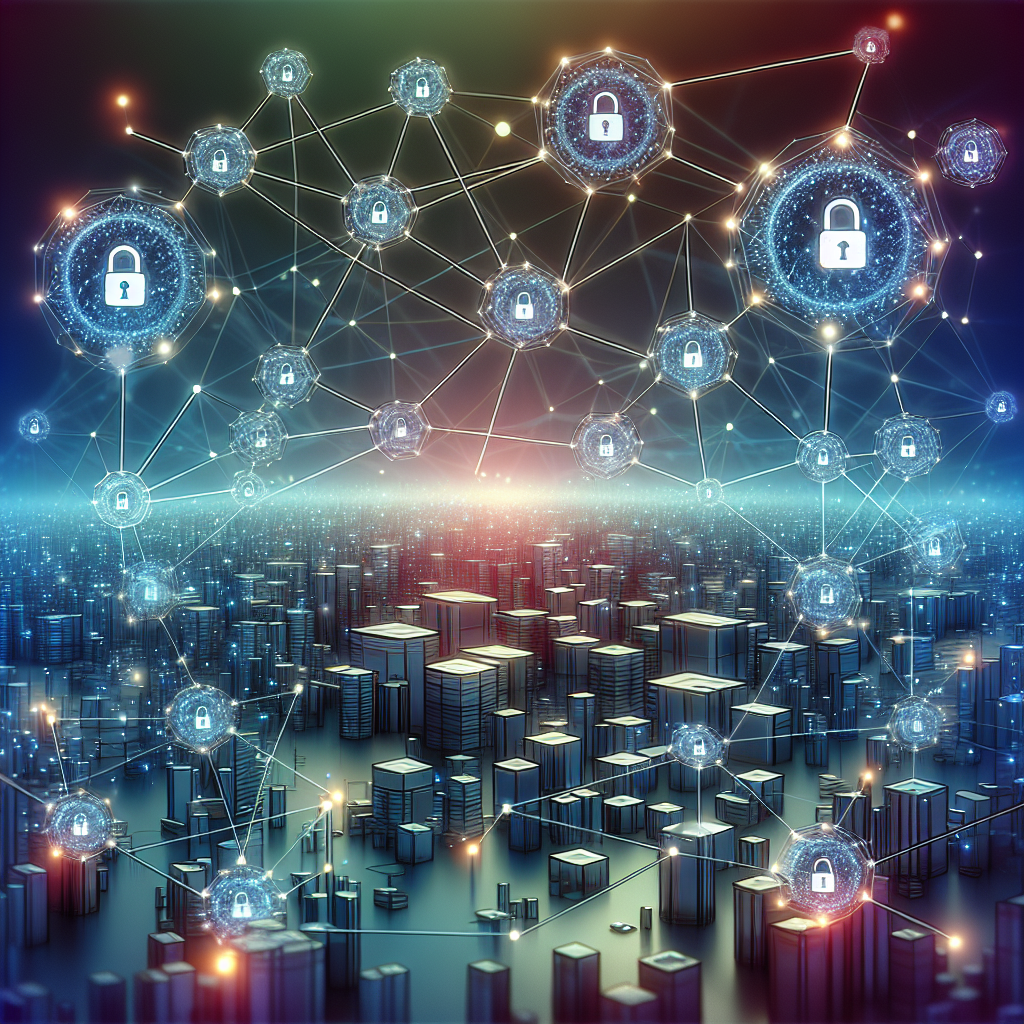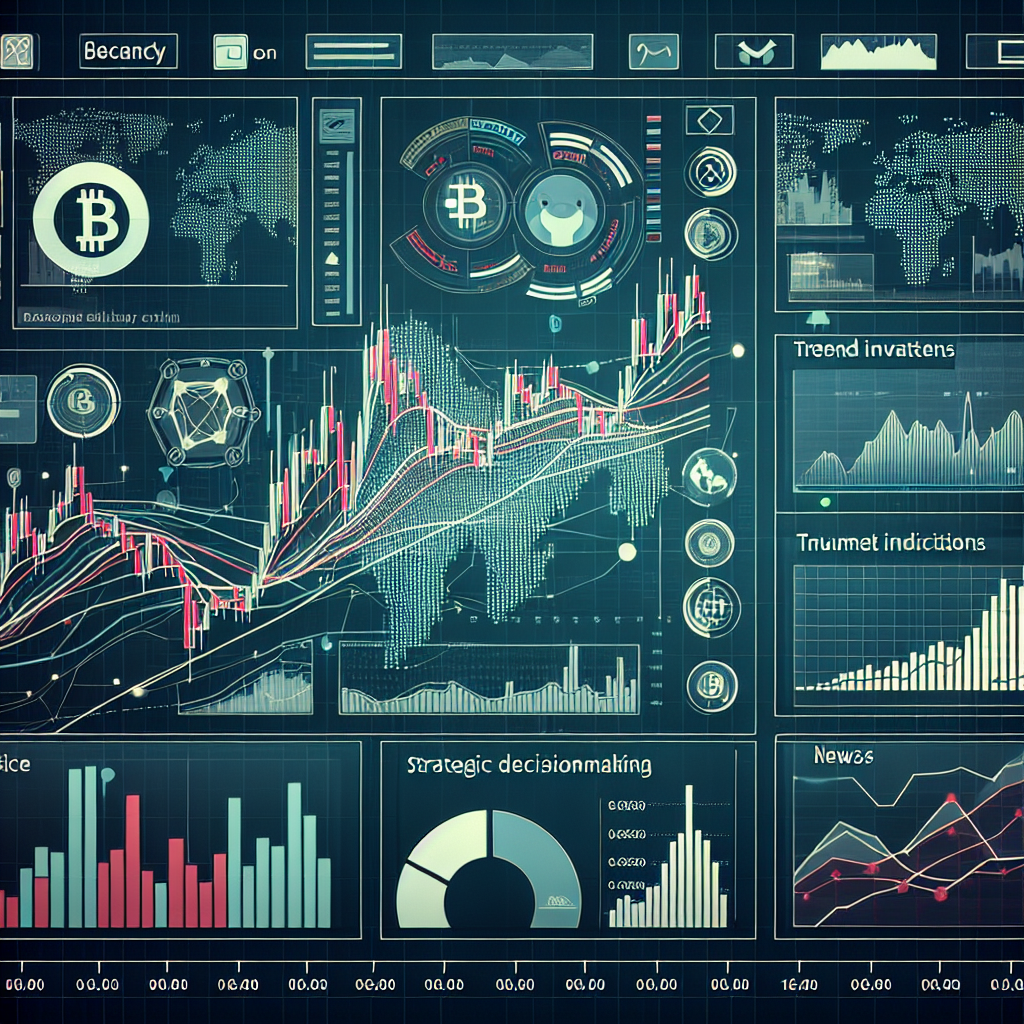Blockchain technology is changing the way we manage digital assets. Digital assets can be anything that exists in a digital form, like cryptocurrencies, digital art, or even music. The main idea behind blockchain is that it allows people to securely record and share information without needing a middleman, like a bank or a company.
One of the biggest advantages of blockchain is its transparency. This means everyone can see the transactions that happen on the blockchain, but personal information remains private. This feature helps to build trust between users. Also, blockchain uses a process called decentralization. Instead of one person or company controlling everything, many users share the control. This makes it harder for anyone to cheat or hack the system.
In digital asset management, blockchain can help keep track of who owns what and how much those assets are worth. For example, if an artist makes a piece of digital art, they can register it on the blockchain. This proves that they are the original creator, and it can help them sell their work for a fair price.
However, there are challenges too. Not everyone understands how blockchain works, and some people might be scared to use it. Plus, the technology is still new, and it needs to be improved to handle large amounts of transactions quickly.
In conclusion, blockchain is making big changes in digital asset management. It offers better security and trust for users while making it easier to manage online assets. As more people learn about and use blockchain, it could become a vital part of our digital lives.
Glossary:
Blockchain: A secure way to record and share information across many computers.
Digital Assets: Anything that exists in digital form that has value.
Transparency: Making information visible to everyone.
Decentralization: Distributing control among many users instead of one central authority.
Understanding Blockchain Technology
Blockchain is a system of recording information in a way that makes it difficult or impossible to change, hack, or cheat the system. It is a digital ledger of transactions that is duplicated and distributed across the entire network of computer systems on the blockchain.
- Decentralization: Unlike traditional databases that are controlled by a central authority, blockchains are decentralized and distributed across peer-to-peer networks.
- Transparency: Transactions on a blockchain are visible to all participants, making it an open system where anyone can verify the information.
- Immutability: Once data is added to a blockchain, it cannot be altered retroactively without altering all subsequent blocks, hence providing security and trust.
Digital Assets Explained
Digital assets refer to anything that exists in a digital form and has a value. This includes cryptocurrencies like Bitcoin, digital art, music files, and even virtual properties in online games.
Impact of Blockchain on Digital Asset Management
Blockchain has significantly transformed the way digital assets are managed and traded. Here are a few key impacts:
- Increased Security: Blockchain technology provides a secure way to store digital assets. As noted by a leading expert, “Blockchain can prevent unauthorized access and ensure the integrity of digital assets” – Expert from a financial tech journal..
- Enhanced Transparency: Because every transaction is recorded on a public blockchain, it enhances trust among users. Every participant can trace the history of a digital asset.
- Smart Contracts: These are self-executing contracts with the agreement directly written into code. Smart contracts automate processes and reduce the need for intermediaries, lowering transaction costs.
Real-world Applications of Blockchain in Digital Asset Management
Many real-world examples showcase blockchain’s role in digital asset management:
- Cryptocurrency Exchanges: These platforms use blockchain to facilitate the buying, selling, and trading of cryptocurrencies and other digital assets.
- Art and Collectibles: Platforms like OpenSea allow digital art creators to sell their work as non-fungible tokens (NFTs), which are unique digital assets secured on a blockchain.
Challenges and Solutions
While blockchain presents many advantages, there are challenges to its integration into digital asset management:
| Scalability | Using layer two solutions can help improve transaction speed and reduce fees. |
| Regulatory Issues | Collaboration with regulators can create frameworks that ensure compliance while fostering innovation. |
| Environmental Concerns | Transitioning to proof-of-stake mechanisms can drastically reduce energy consumption. |
Future Prospects
As blockchain continues to evolve, its impact on digital asset management is anticipated to grow. Emerging technologies, regulations, and market acceptance will shape how digital assets are handled.
Final Thoughts
In the words of an industry leader, “The integration of blockchain into digital asset management is not just a trend; it represents a fundamental shift in how we think about ownership and value in the digital age” – Industry leader from a technological think tank..
What is blockchain technology?
Blockchain is a decentralized digital ledger that records transactions across many computers in such a way that the registered transactions cannot be altered retroactively. This technology ensures transparency and security, making it ideal for managing digital assets.
An In-Depth Exploration of Bitcoin, Blockchain Technology, and the Future of Finance
How does blockchain affect digital asset management?
Blockchain enhances digital asset management by improving traceability, security, and efficiency. It allows for the creation of smart contracts, automating and streamlining processes while reducing the risk of fraud and errors.
What are digital assets?
Digital assets are any assets that exist in a digital format and include cryptocurrencies, tokenized real estate, digital art, and other forms of digital content. These assets can be bought, sold, and traded on various platforms.
What benefits does blockchain offer for asset tracking?
Blockchain provides real-time tracking and transparency for digital assets. Each transaction is permanently recorded and can be audited, allowing both asset owners and investors to verify ownership and authenticity easily.
Can blockchain increase security in digital asset management?
Yes, blockchain significantly enhances security by using cryptographic techniques to protect transaction data. This makes it extremely difficult for unauthorized parties to alter or tamper with the records.
Are there challenges in implementing blockchain for digital assets?
Yes, there are several challenges including regulatory uncertainties, scalability issues, and the need for technological integration with existing systems. Overcoming these hurdles is essential for widespread adoption.
How does blockchain facilitate the creation of smart contracts?
Smart contracts are self-executing contracts with the agreement directly written into code. Blockchain technology enables these contracts to execute automatically when predefined conditions are met, reducing the need for intermediaries.
What is the role of cryptocurrencies in digital asset management?
Cryptocurrencies are a major type of digital asset and serve as a medium of exchange, a store of value, and a unit of account. They are often used in digital asset transactions and can help facilitate more efficient and lower-cost transfers.
How can blockchain improve transparency in investment processes?
Blockchain creates a transparent record of all transactions, allowing investors to see the history and provenance of assets. This transparency builds trust and enables better decision-making in investment processes.
What future trends can we expect in blockchain and digital asset management?
Future trends may include increased regulatory clarity, the growth of decentralized finance (DeFi), and the integration of artificial intelligence with blockchain. These developments are likely to enhance the functionality and efficiency of digital asset management.




